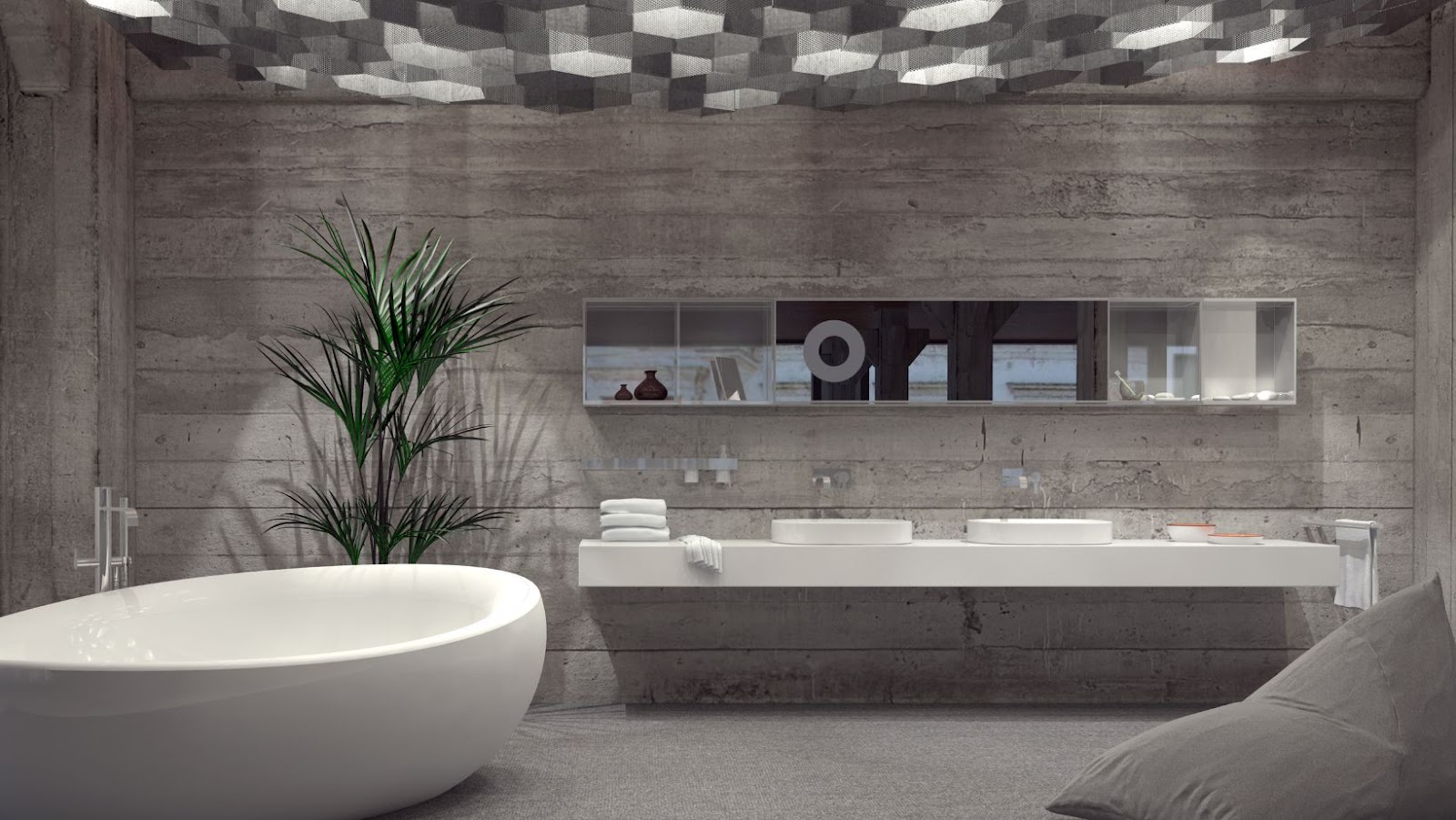Diving into the world of interior design can be both exciting and intimidating. Whether you’re a seasoned pro or just starting, an interior design course could be your golden ticket. It’s a chance to hone your skills, explore new trends, and unlock your creative potential.
Interior Design Course
One of the main benefits of enrolling in such a course is the expansion of knowledge and skills. It’s not just about arranging furniture in a space or choosing the right colour palette. It delves deeper into the subtleties of design and introduces students to a wide range of aspects.
Here’s a brief look at what you can expect:
- The Psychology of Space: A quality course will illuminate how different arrangements, colours, and designs can influence the mood, behaviour, and daily interactions of people. It’s about creating spaces that functionally echo the needs of its inhabitants while also eliciting a sense of belonging.
- Significance of Lighting and Texture: These two elements shape how a space is perceived. They can make a room feel smaller, bigger, warmer, or cooler. An interior design course helps students comprehend the role of light, whether natural or artificial, and the impact of various textures.
Furthermore, an interior design course keeps one abreast with the latest design trends. There’s always an up-and-coming style, a new blend of colours, or a novel combination of materials defining the design industry. Staying knowledgeable of these trends is necessary for anyone aspiring to excel in the field. It ensures their designs resonate with the aesthetic preferences that dominate the contemporary landscape.
 Key Elements Covered in Interior Design Courses
Key Elements Covered in Interior Design Courses
Digging deeper into the structure of these courses, one would find a comprehensive blend of theoretical knowledge and practical application. Interior design courses typically encompass all key aspects that are essential to becoming a competent interior designer.
One of the first topics covered is the Psychology of Space. Understanding how space interacts with the human psyche forms a cornerstone of interior design. It ensures designing spaces that not only look good but also feel good to those occupying them.
When it comes to furnishing selections, Furniture Design and Arrangement takes center stage. Here, learners gain a deeper insight into the various types of furniture styles, materials, and the art of placing them strategically to enhance aesthetics and functionality.
Tackling Color Theory, students learn the nuanced art of blending shades, and understanding the psychological effect of colors. Students will comprehend how colors can create moods, alter perceptions, and play a pivotal role in bringing design objectives to reality.
Enhancing Your Skills and Creativity
No doubt, excellence in interior design necessitates a good balance of technical know-how and artistic flair. Interior design courses not only equip students with the skills to create aesthetically pleasing spaces but also fosters their creativity. Sculpting a unique style and pushing boundaries can be becomingly possible through these courses.
There’s an emphasis on nurturing creativity and helping students find their style in these courses. It’s achieved by offering practical experience. Students get hands-on experience, bringing their designs to life.
The concept of learning by doing facilitates creative thinking and practical problem-solving ability. It helps students understand how to adapt their designs to meet a client’s needs, industry standards, and the constraints of a space. There’s a lot more to interior design than meeting the eye. It’s not just about creating eye-catching designs but also ensuring they’re functional and feasible.
 Exploring New Trends in Interior Design
Exploring New Trends in Interior Design
In the ever-evolving world of interior design, staying current with the latest trends is an essential part of the curriculum for any good interior design course. These courses not only expose students to a variety of contemporary designs, but they also enable them to adapt and implement them according to different client preferences and project requirements.
Look at sustainable design, for example. It’s an increasingly popular trend that reflects the world’s growing environmental consciousness. Interior design courses guide students on how to incorporate natural materials, energy-efficient appliances, and durable furniture into their designs to create an eco-friendly space.
The popularity of minimalism is another noteworthy trend. It focuses on fostering functional and aesthetically pleasing environments through simplicity and subtlety. Courses in interior design encourage students to master the art of “less is more”. They learn to eliminate unnecessary elements and highlight essential features to create stylish and uncluttered spaces.